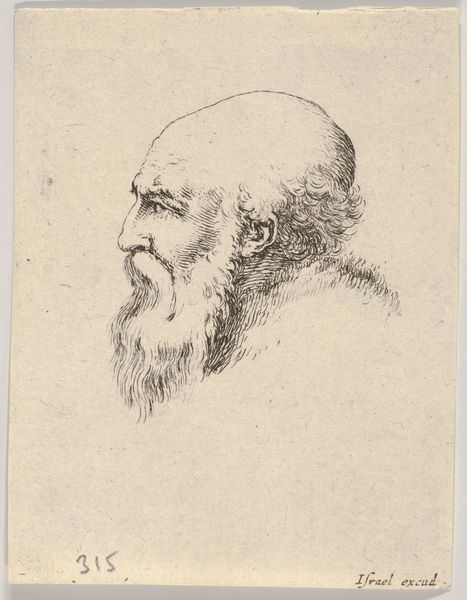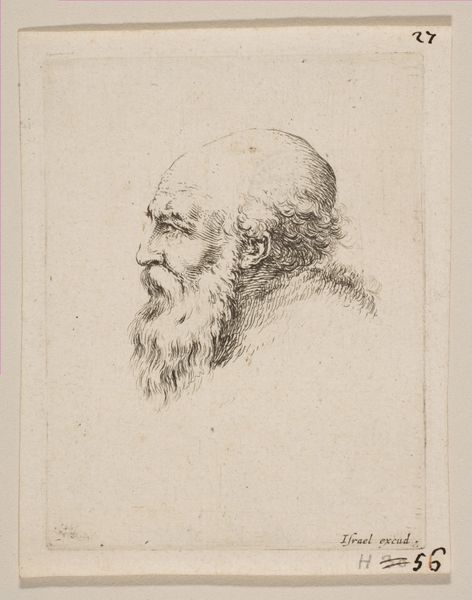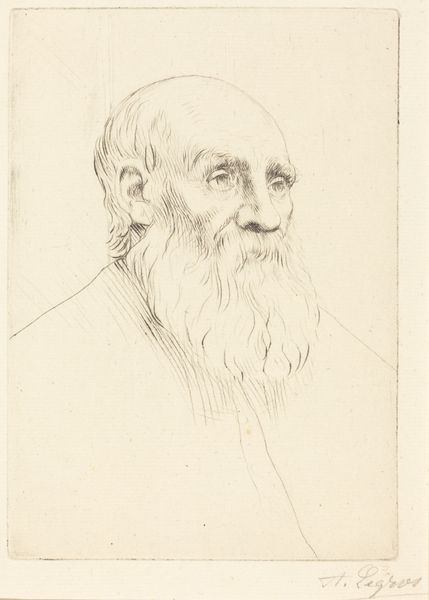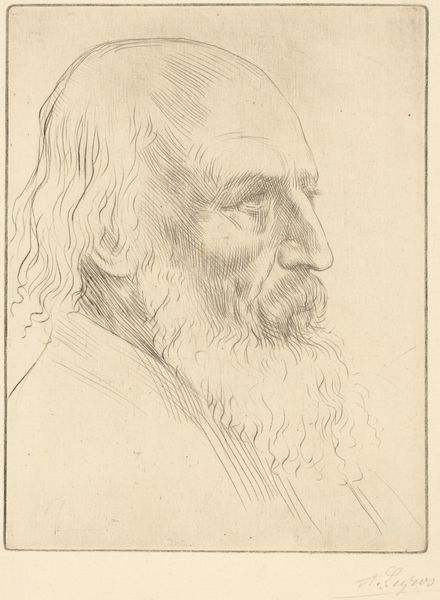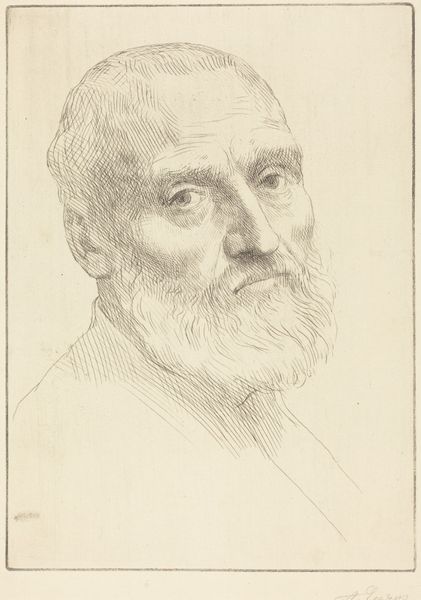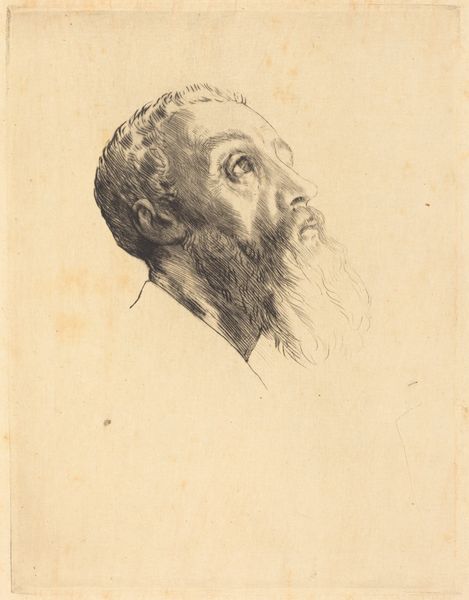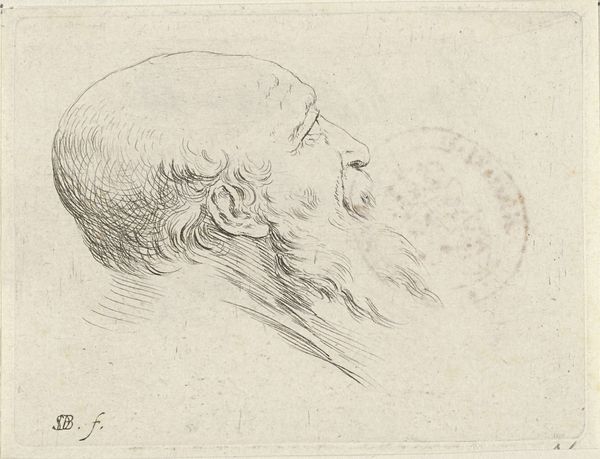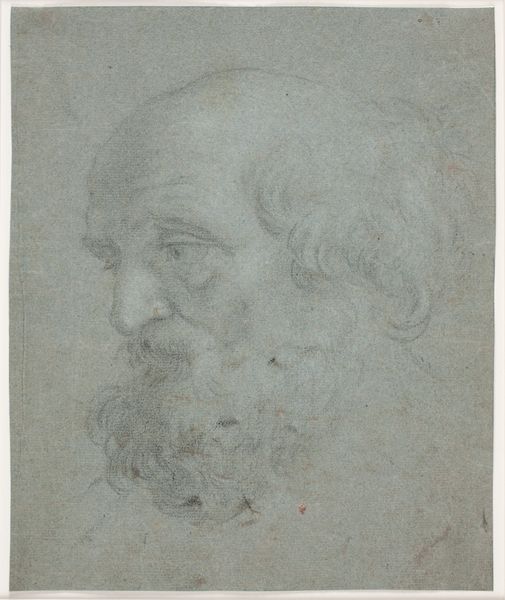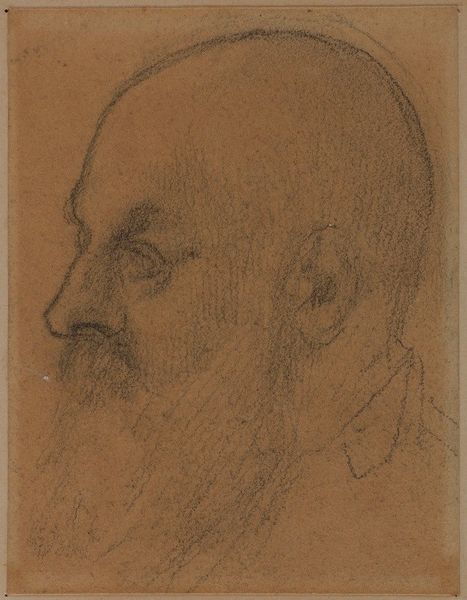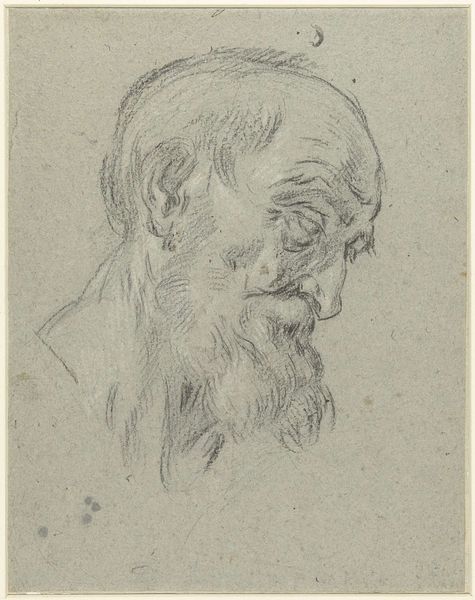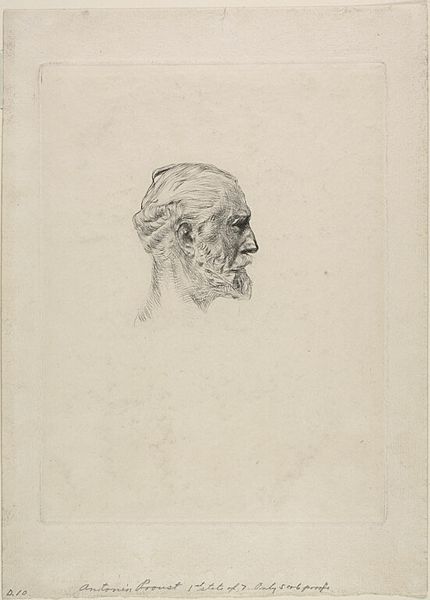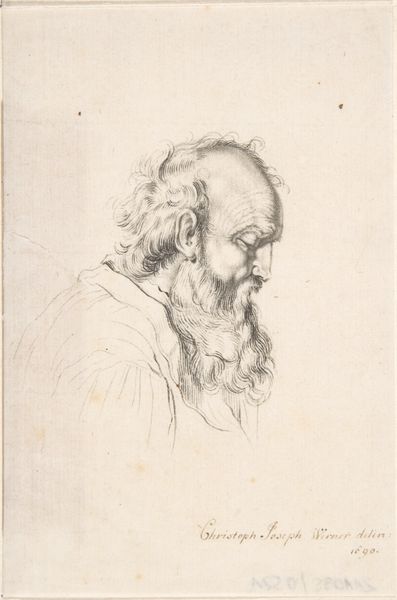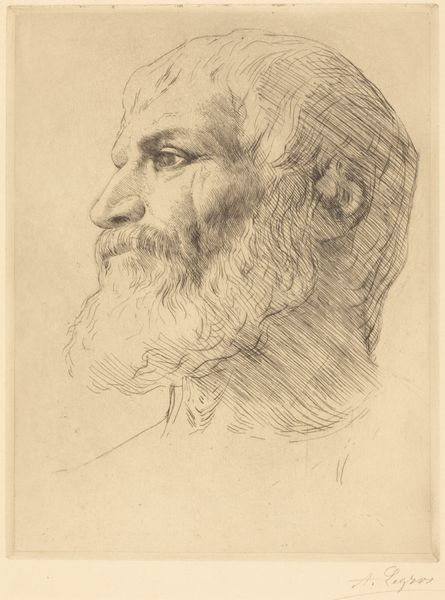
drawing, print, paper, ink, pencil
#
portrait
#
drawing
# print
#
paper
#
ink
#
pencil drawing
#
pencil
Dimensions: 195 × 163 mm (image); 243 × 177 mm (sheet)
Copyright: Public Domain
Curator: Welcome. Today we’re looking at “Edouard Vuillard,” a print by Odilon Redon, created around 1900. It resides here at the Art Institute of Chicago. Editor: It’s a portrait sketch. Very subtle. It almost feels like a ghost of an image on the page, this man's profile. Curator: Absolutely. This portrait gains greater resonance when you consider Redon’s milieu. Vuillard, like Redon, was part of the Parisian avant-garde—a community deeply engaged in debates around symbolism, aesthetics, and social change. Vuillard was known to be an introvert, so maybe Redon saw and emphasized that sensitivity. Editor: Yes, a fleeting impression. Look at the density of the pencil strokes around the eye and mouth which thins out to almost nothing across the rest of the plane, barely delineating shape. I find this interesting when we think of Redon as working in fin-de-siecle Paris as it aligns formally with symbolism by emphasizing the suggestive qualities of forms rather than naturalistic description. Curator: Exactly. Symbolism allowed artists to express subjective experience and explore complex psychological states, something the Impressionists mostly did not delve into so explicitly. In its radical subjectivity, perhaps the wisps of lines signify something about the subject’s withdrawal from society and the world. The print itself, using ink and pencil on paper, makes the work feel that much more delicate and fleeting. Editor: And if we use the lens of semiotics, each line carries a potential meaning. It’s about the *absence* of definition as much as the presence. Redon is inviting the viewer to participate, to co-create the image through their own interpretation. The soft tonality adds to the dreamy and contemplative feeling. Curator: These artistic circles valued dialogue and the exploration of diverse perspectives. This piece exists, after all, because of one artist interpreting another—engaging in the conversations happening around them, and also beyond their lifetimes. Editor: Yes. When seeing such fleeting lines on paper that coalesce into this wispy suggestion of a man, what comes to my mind is that art can sometimes do the most by doing the least.
Comments
No comments
Be the first to comment and join the conversation on the ultimate creative platform.

